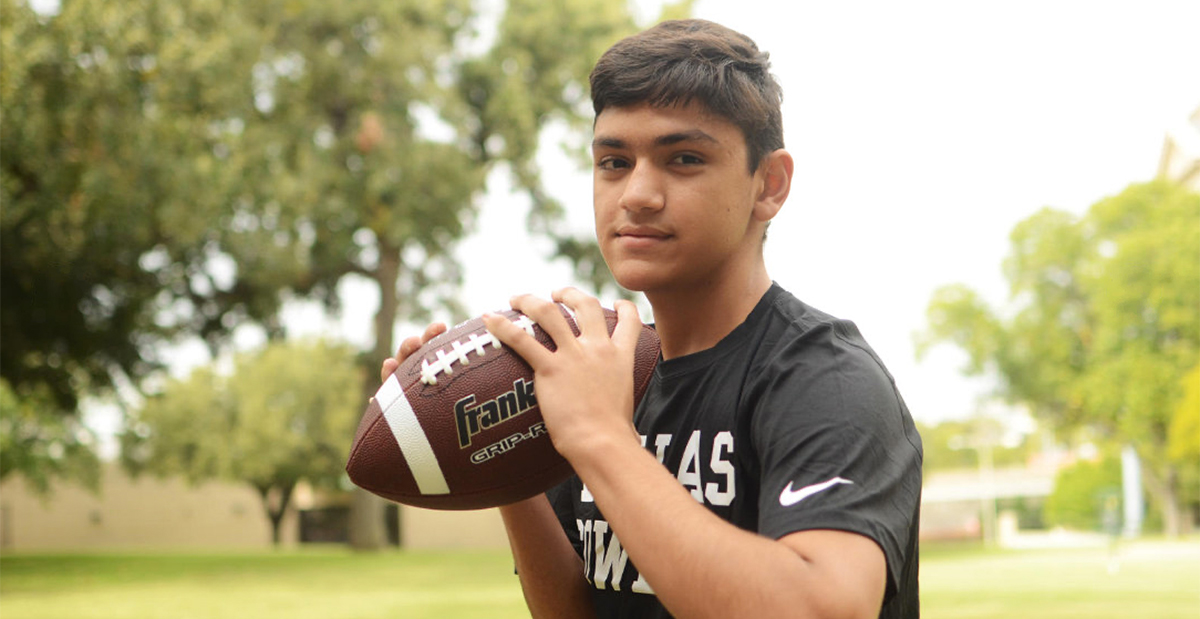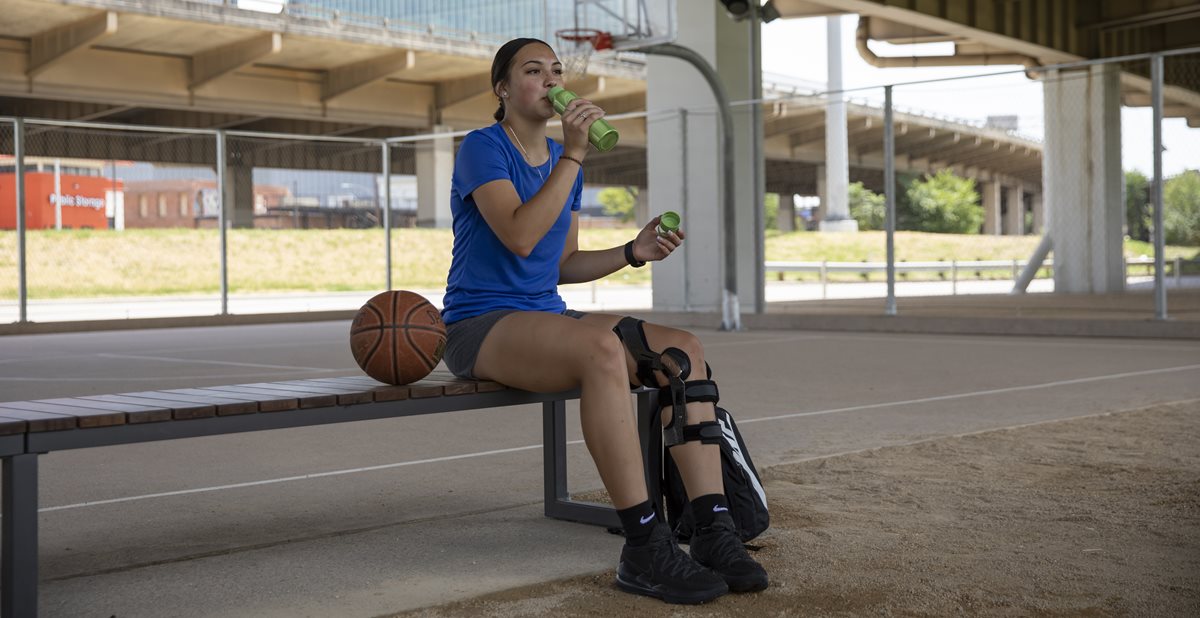
Aug 17, 2020 / Sports Medicine
Five Nutrition Strategies to Maintain Weight and Performance as Training Increases
As athletes increase training time and intensity to prepare for their season, they may need to increase their nutrition and overall intake to match these new levels of exercise to prevent weight loss. If your athlete begins losing weight at the start of a season, he or she is probably not getting enough nutrition and calories, which could result in fatigue, decreased performance or injury.
Work with your athlete on the following strategies if weight loss is something that he/she struggles with each season.
1. Stick to a schedule
Young athletes often forget to eat or don’t prioritize eating, either due to busy school schedules, or, in the summer, busy social schedules. Sit down with your athlete and create a meal and snack schedule that can be followed as training begins. Missed meals = missed calories & nutrition!
2. Add 1 to 2 snacks
If your athlete is not much of a snacker, it’s time to start making this a habit and adding them in each day however they fit best with your athlete’s schedule. With the exception of the pre-exercise snack, try to include two different food groups in each snack to ensure optimal nutrition and energy intake (example: granola bar + peanut butter, yogurt + fruit)
3. Increase carbohydrates
Carbohydrates are an athlete’s best friend because they are the first source of fuel for the hard-working brain and muscles. By supplying the body with quality carbohydrates, your athlete is not only providing needed energy to tired muscle, but it is also allowing the protein consumed to build and maintain lean muscle (vs. being used for energy due to low carbohydrate supply). When making meals and choosing snacks, include more carbohydrate options like whole grains, starchy vegetables, fruits, milk and yogurt.
4. Space protein evenly throughout the day
To make sure your athlete is maintaining or building lean muscle, it’s important to space protein out evenly throughout the day. That means including protein sources in each scheduled meal and some snacks instead of waiting until dinner to eat most of it.
5. Make nutrient-dense substitutions
For athletes that have trouble increasing portions at meals and snacks, it’s best to focus on increasing the nutrient-density instead. This can be done by making easy swaps such as:
- Cheerios —> Granola
- Fat-free yogurt —> 2% yogurt
- Chewy granola bar —> Bar with nuts, seeds and dried fruit
- Small pieces of sandwich bread —> whole grain bagel
- Mustard on sandwich —> Mayo, avocado or hummus on sandwich
- 1 slice of cheese on sandwich —> 2 slices of cheese
- Apple for a snack —> apple + peanut butter
- Croutons on salads —> Nuts & Seeds on salads
- Instant pack of oatmeal —> Plain oatmeal cup + peanut butter + fruit + honey
- Side of steamed broccoli —> side of corn



